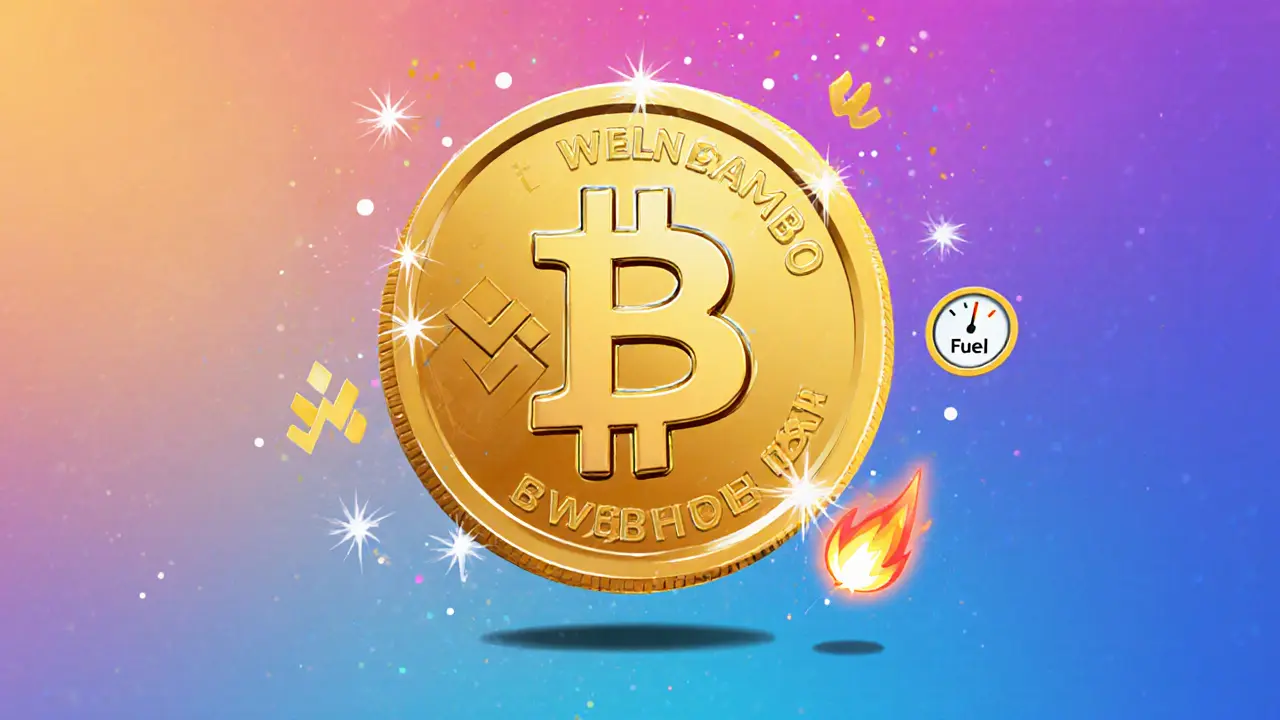Explore WLBO (WENLAMBO) token's built‑in airdrop, fee structure, charity, Lambo giveaways, risks, and how to join the community.
Deflationary Crypto: How Token Burns Shape Market Dynamics
When working with deflationary crypto, digital assets that shrink their total supply over time through burns or programmed cuts. Also known as deflationary tokens, they aim to create scarcity and support price upside.
One core method is a token burn, the intentional destruction of tokens to lower circulating supply. A burn can be triggered by transaction fees, smart‑contract logic, or community votes, and it directly reduces the amount of coin available for trade. Another crucial concept is the supply cap, the maximum number of tokens that can ever exist, set in the code at launch. When a token has a hard cap and regularly burns tokens, the effective supply keeps shrinking, which many investors see as a built‑in inflation hedge.
Deflationary mechanics also show up in halving events, periodic reductions of block rewards that cut the rate of new token creation. Bitcoin’s four‑year halving cycle is the classic example; each cut shrinks future supply growth, creating a predictable supply shock. Newer DeFi projects borrow this idea, pairing halving with burn fees to keep tokenomics tight. The link between halving, burn, and supply cap forms a triangle that drives scarcity, influences on‑chain metrics, and often fuels community hype.
Why Deflationary Tokens Matter in DeFi
In the world of decentralized finance, scarcity can be a lever for higher yields. Protocols that auto‑burn a portion of every trade, such as reflection‑type tokens, let holders earn passive income while the token supply drops. This interplay between liquidity provision and deflation pushes the reward‑to‑risk ratio in a way that pure inflationary tokens can’t match. Governance tokens that support burn proposals also illustrate how community decisions directly affect token economics, reinforcing the idea that deflationary crypto requires active participation.
For traders, understanding these mechanisms matters. A token that burns 2 % of each transaction will behave differently in a high‑volume market than one that burns a static amount once a month. Metrics like net supply change, burn‑to‑trade ratio, and upcoming halving dates become key indicators when sizing positions. Meanwhile, developers can design token models that balance user incentives with long‑term value preservation, blending token burn, supply caps, and scheduled halvings into a coherent strategy.
Below you’ll find a curated set of articles that dive into the technical details of immutability, airdrop mechanics, cross‑border remittances, utility token case studies, exchange reviews, and more. Each piece touches on an aspect of deflationary crypto—whether it’s how a burn fee works on a Solana DEX, the impact of Bitcoin’s halving cycles, or the role of governance tokens like BONE. Together they give you both the theory and the practical steps you need to evaluate, trade, or build a deflationary token successfully.

